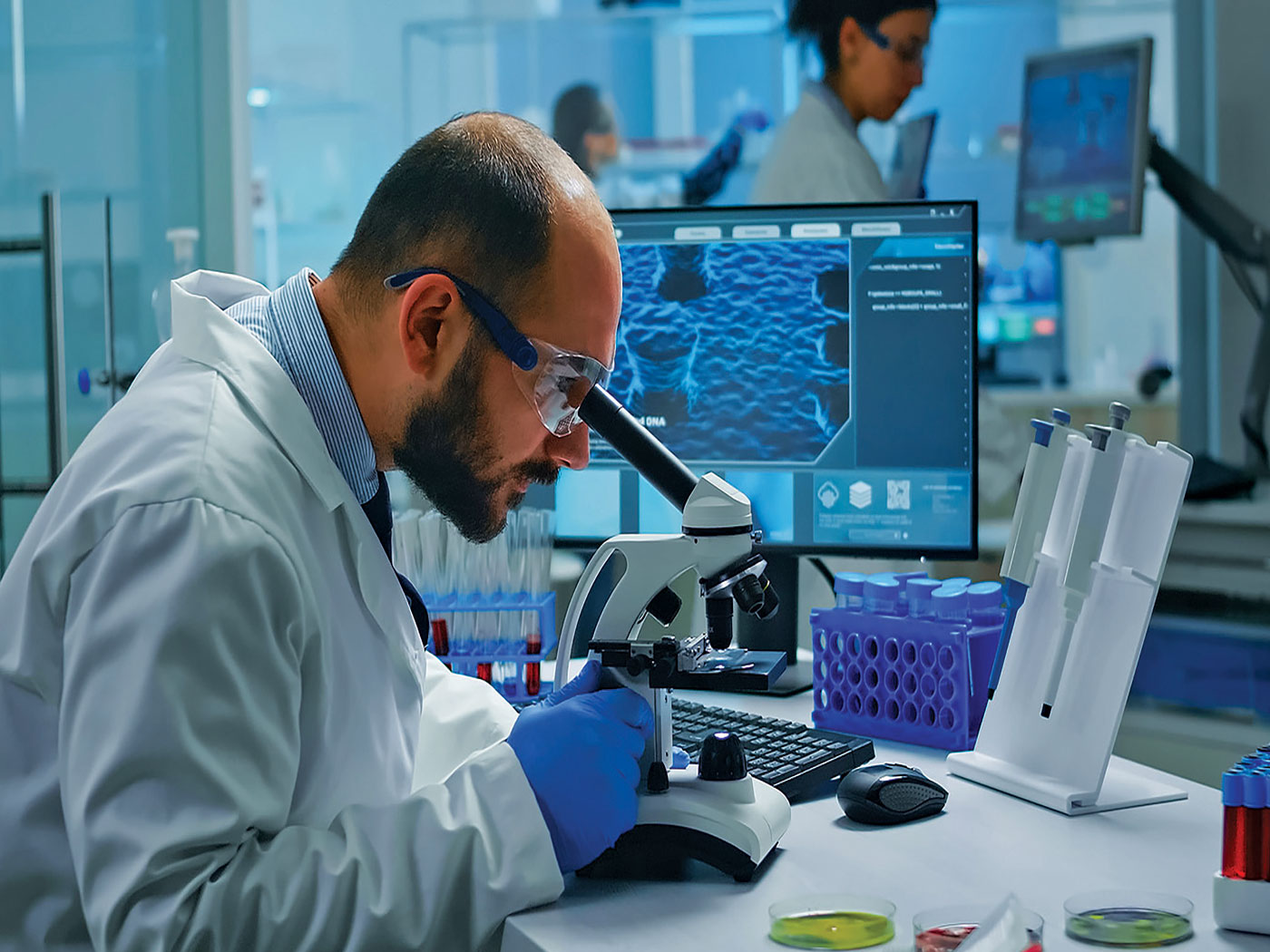Antibiotics serve as some of the most effective tools modern medicine has to offer. These amazing chemicals save many lives by targeting specific and essential processes in pathogenic bacteria—but antibiotics are losing their magic touch. Their failure to beat back new strains of antibiotic-resistant germs motivates researchers to design or discover new antibiotics. Scientists now reveal reasons why their new discovery brings hope to those hunting for better germ killers.
Mutant bacteria are running amok in hospitals, and no new antibiotics are stepping in to the rescue. But by cultivating 10,000 rare cells directly in their soil homes, a group publishing in Nature has identified one that produces a unique compound. Will it one day tackle problematic germs?1 The study authors named the species Eleftherian terrae and the antibiotic it produces teixobactin.
In the golden years of antibiotic investigation during and after World War II, researchers discovered bacteria and fungus in soils, cultured them in labs, then isolated antibiotics from them. Microbes manufacture and export antibiotics to deter neighbors from butting in on their living spaces, and this process helps maintain a healthy and diverse balance of microbes that can enrich plant roots.
The microbes that yielded those early antibiotics were easily cultured in labs. After these species divulged their antibiotics for human uses, researchers tried to design their own. Consistent failure to devise effective antibiotics in the lab has forced researchers to look elsewhere.
So they turned their attention back to the ground itself, because many more microbe species live in the wild than in labs, offering a tantalizing resource of potential new drugs. Clever new techniques identify and analyze soil microbes right in their natural homes.
Pathogenic bacteria like Streptococcus strains are classified as "gram-positive." This refers to their tough cell walls. The rather large compound teixobactin pinpoints and inhibits the major chemicals that gram-positive bacteria use to manufacture their cell walls. The Nature study authors found it was effective in treating Streptococcus-infected mice, and it showed no side effects. Plus, the team tried to induce Streptococcus bacteria to develop resistance to teixobactin, but saw none. Production of a new antibiotic that pathogens cannot resist would come as very welcome news to doctors around the world.
This discovery has the potential to save lives. If it does, who should be thanked? The researchers of course—they have done fine and diligent work. But the Creator should not be ignored, since He equipped microbes with effective antibiotics in the first place. What chemical engineers could not accomplish when they tried designing antibiotics on their own was no problem for the Maker of all life.
Reference
- Ling, L.L. et al. 2015. A new antibiotic kills pathogens without detectable resistance. Nature. 517 (7535): 455-459.
*Mr. Thomas is Science Writer at the Institute for Creation Research.
Article posted on February 5, 2015.


















